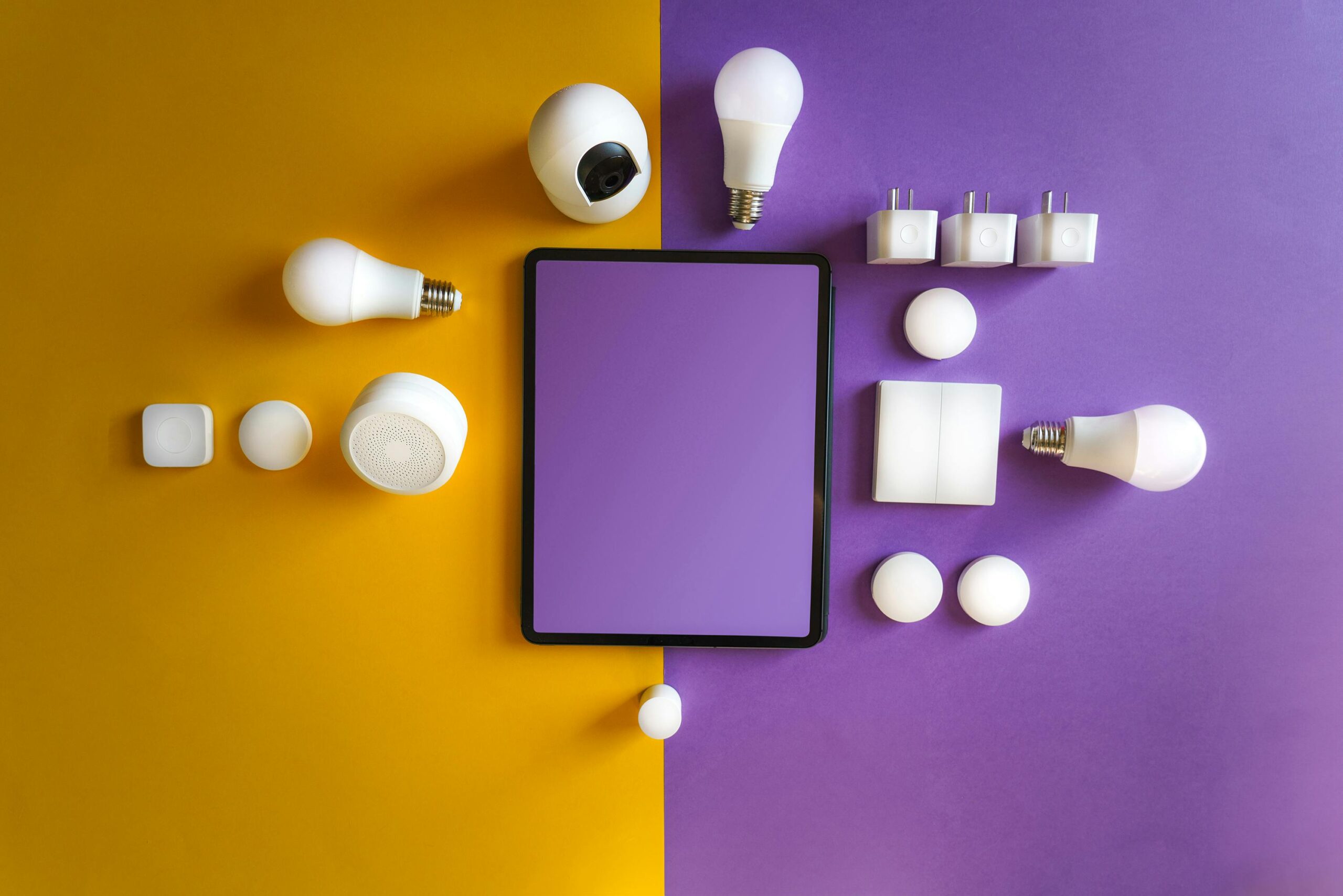Every day, countless lights glow in empty rooms—offices, hallways, restrooms, and homes—quietly wasting electricity and money. But with one small upgrade, you can stop that waste and make your space more sustainable. Switching a standard light switch to a motion-sensor with daylight detection ensures lights turn on only when someone’s present and only when natural light isn’t enough. This simple five-minute change supports SDG 7: Affordable and Clean Energy by cutting unnecessary electricity use, saving costs, and reducing emissions.
Why It Matters — The Data
- Electricity for lighting accounts for approximately 15% of global power consumption and 5% of worldwide greenhouse-gas (GHG) emissions. (Source: en.lighten initiative – UNFCCC)
- Lighting accounts for approximately 15% of global electricity end-use, which comes with a heavy climate and environmental impact. (Source: IEA 4E SSL Annex – IEA.org)
- Field measurements in outdoor applications (parking lots/garages) showed energy savings of 50-60 % when using occupancy-based controls combined with dimmable LEDs. (Source: “Occupancy Sensing for Lighting Controls in Outdoor Applications” – UC Davis California Lighting Technology Center)
- Daylight harvesting controls (i.e., sensors that dim or switch off lighting when enough natural light is present) commonly reduce lighting energy consumption by 30-40% in appropriate spaces. (Source: “Daylight harvesting using continuous dimming equipment” – Western Michigan University Facilities & Engineering)
- Turning off just one 60-watt bulb for four hours daily saves 87 kWh per year, reduces 60 kg of CO₂, and saves $10–15 annually on your bill. Each small switch adds up to real impact—both for your wallet and the planet.
How to Take Action (in 5 Minutes)
- Choose a target area. Pick a place where lights are often left on—like a hallway, restroom, garage, or storage room.
- Buy a motion-sensor switch with daylight detection. Basic models cost about $15–25 USD, and plug-in versions require no rewiring.
- Install it. Turn off the power, replace the switch (or plug it in), then turn the power back on and test. Most models take under five minutes to set up.
- Adjust and test. Set the motion sensitivity and auto-off timer so it stays efficient—on when you need light, off when you don’t.
- Share the idea. Tell a friend, colleague, or online community—it’s a quick, low-cost upgrade anyone can do.
Save Now, Save Later
Here’s how the math breaks down—and why this small action makes financial sense:
- Average sensor cost: ~$20 for a motion-daylight combo unit
- Typical annual energy savings: 100–150 kWh per room
- Average electricity rate: ~$0.15 per kWh (Source: U.S. Energy Information Administration – 2024 Data)
- Annual savings: $15–$22.50 per room
- Payback period: ~12–16 months
After the first year, your savings begin compounding. With most sensors lasting 5–10 years, you’ll save up to 10 times their cost—without lifting a finger after installation.
Why It Works
This small change transforms everyday waste into effortless efficiency. Once installed, your lighting becomes “self-aware,” turning off automatically when rooms are empty and dimming when daylight is strong. It’s a simple, one-time effort that keeps saving energy for years—perfect for homes, offices, and even shared spaces.
The Ripple Effect
If 1,000 people each install one motion-sensor light, saving 125 kWh per year, that’s 125,000 kWh saved annually—preventing around 90 metric tons of CO₂ emissions, equivalent to planting over 1,400 trees. One small fix in one room can scale into a meaningful collective impact.
Conclusion
You don’t need solar panels or complex retrofits to make a difference. Replacing a light switch with a motion-sensor and daylight detector takes just minutes, costs little, and saves for years. It’s a small action that lowers bills, cuts emissions, and supports a cleaner, smarter planet. So before you leave your next room, imagine the light turning itself off—and know that your small act just made a big difference.




